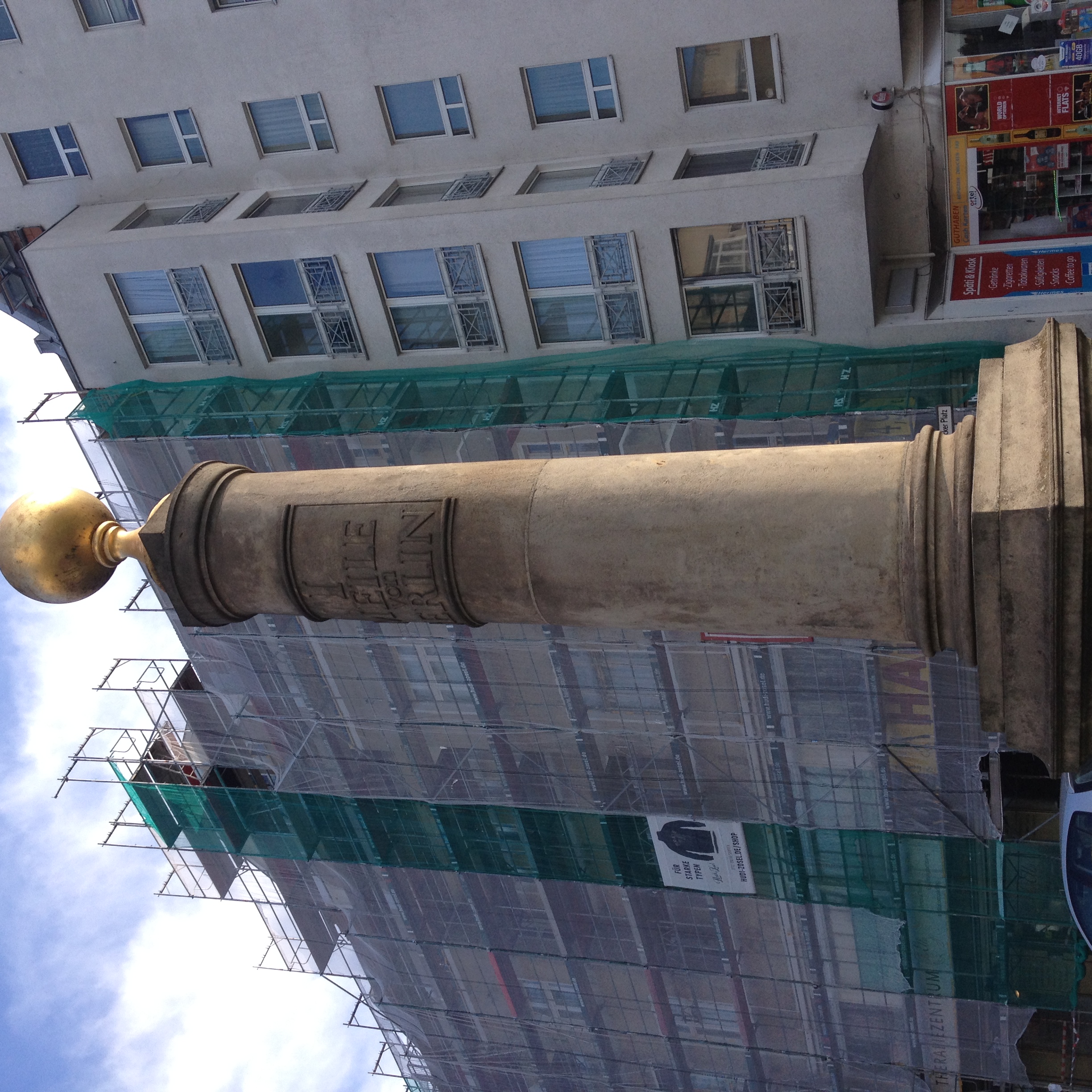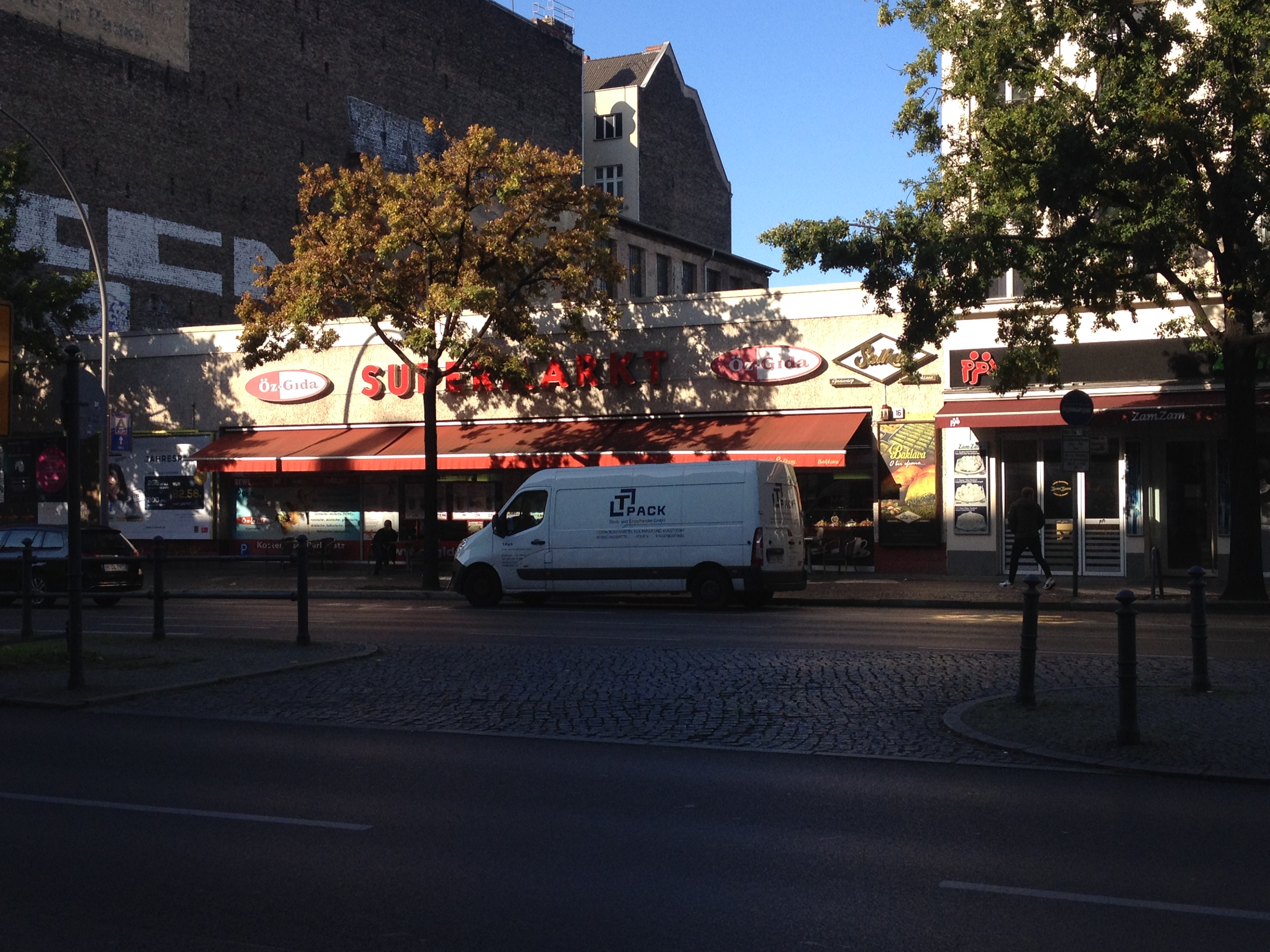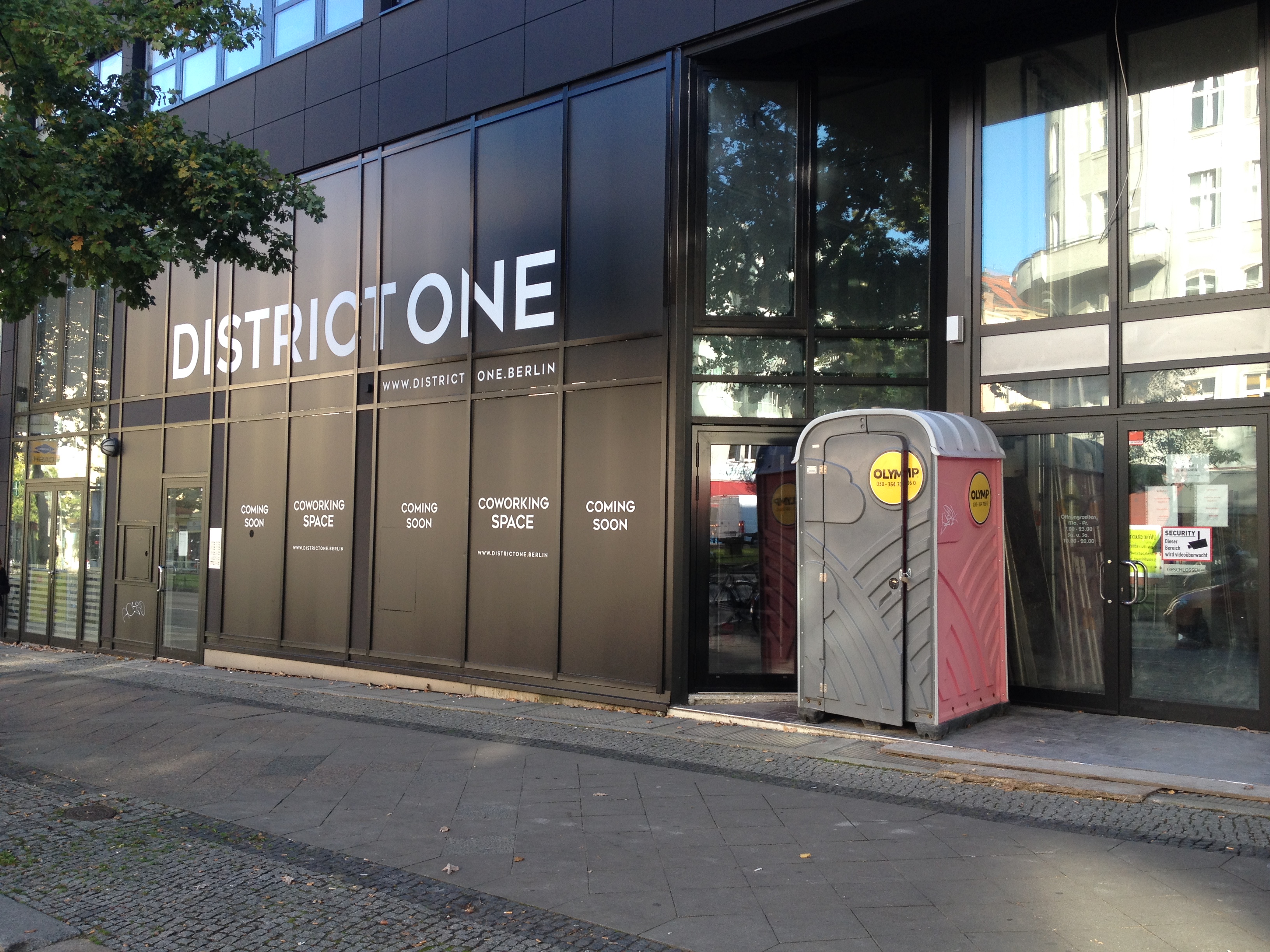Timeline - Arthur & Francesco
For our secret mission no. 1, we decided to focus on the Hauptstraße - from U-Bahnhof Innsbrucker Platz to U-Bahnhof Kleistpark - in order to create a timeline of events that influence the streets as we know it today. We wanted to see what historical traces we could find in the urban space and what information they gave us to understand its past. We have also tried to link our observations with other secret missions and try to extend our research into the historical events concerning the entire municipality of Schöneberg.
At the beginning of our expedition we didn't find any evidence of remembering that explains the historical reasons for the Hauptstraße of being a main street except this strange column with the inscription “1 Meile von Berlin” located in the middle of the traffic.
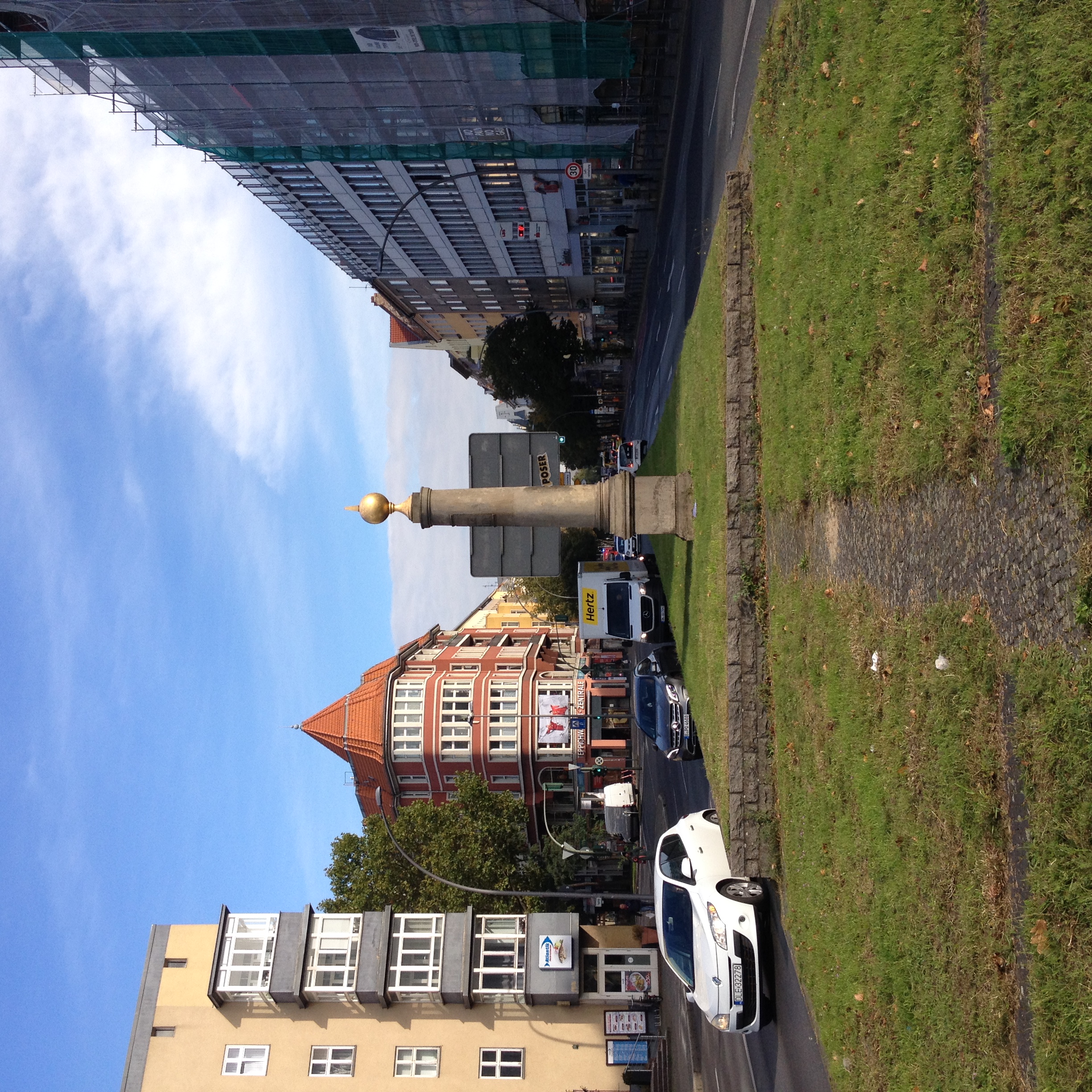
After some research on the internet, we found that originally called Dorfstraße (village street), it was the only road that existed in the village of Schöneberg (between Akazienstraße and Dominicusstraße was the centre of the village). This street became important in the 18th century when it got included in the main connection from Berlin to Potsdam. The column corresponded to a former unit of measurement (in this case about 7.5 km).
During our exploration, we were surprised by the important place taken by the use of the car and the green stripe in the middle of the roadway having no obvious function. We asked ourselves how this street was at the beginning of the 20th century and in fact, the urban planning of the Hauptstraße has changed a lot at the beginning of the 20th century and especially after the second world war. Major changes which radically transformed the street such as the significant loss of architectural heritage, the disappearance of the tram or even the creation of 6 car lanes which radically changed the uses of the public space.
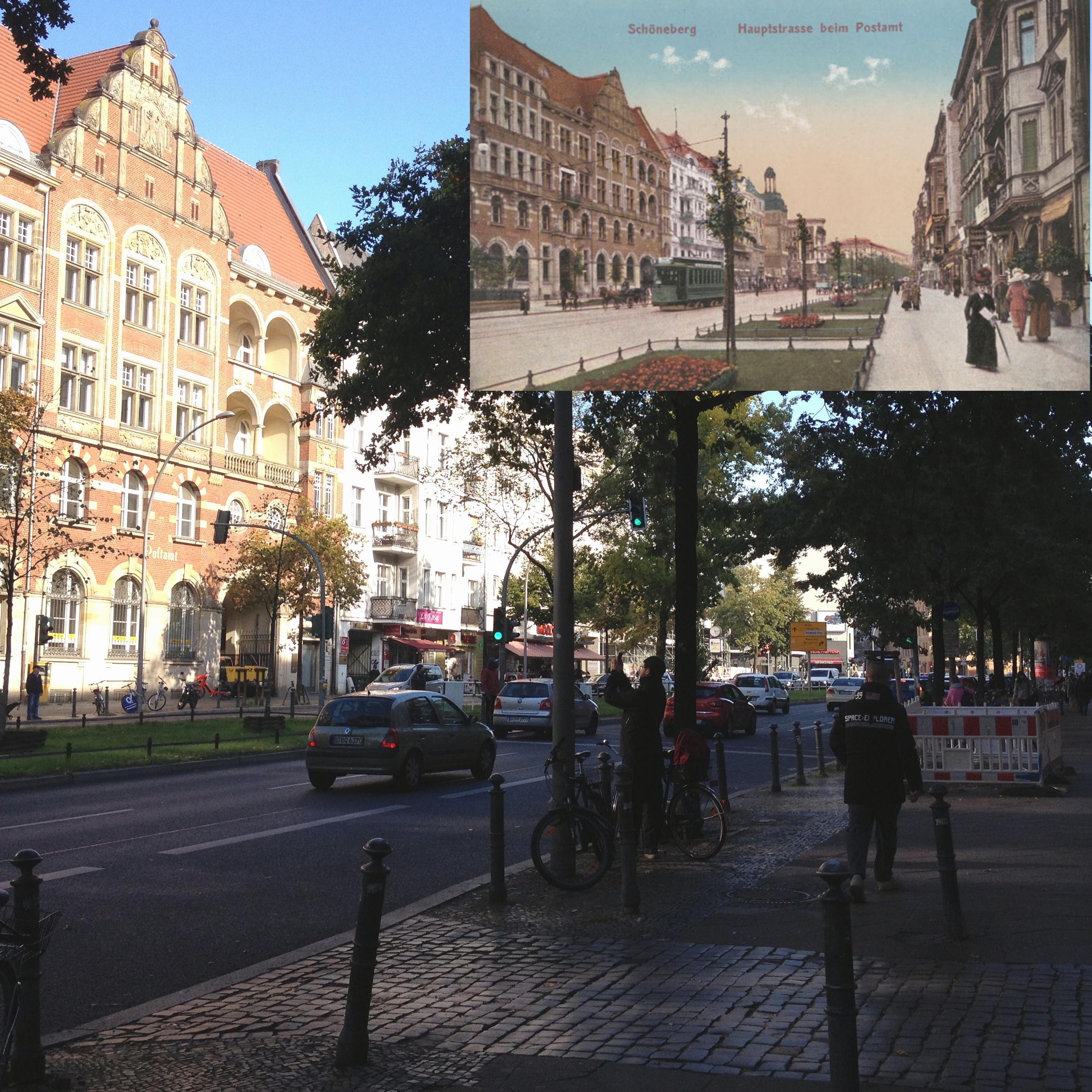
In the middle of our walk we stopped in the Wilhelm-Kaiser-Platz. This square was named by the king of Prussia, and until the second WW was the town hall of Schöneberg. Really interesting to notice is the presence of old buildings and that after years of discussion, the square continue to be named after the King. The current town hall of Schöneberg is not in the Hauptstraße anymore.

The current town hall of Schöneberg is now in the J.F -Kennedy square, were the former president of the USA had is famous speach in the 1963. During the Cold War the town hall had a very important function and was at the center of the West-Berlin's policy.
The Hauptstraße is not very known as a place with many bars. An exception is the Cafe "Neues Ufer". This LGBT+ bar was a pioneering bar which at the end of the 1920s contributed to establishing Schöneberg as the "Rainbow-district". The north-area of the district was well know all over the world as a safe place for the queer community until the 1932 and again starting from the 70´s. Nowaday almost all Berlin is well know as a queer-friendly place, and also the district mantain his fame. Although it started as a political fight and continues to be so, now the pinkwashing of the movement is also very present in Schöneberg.
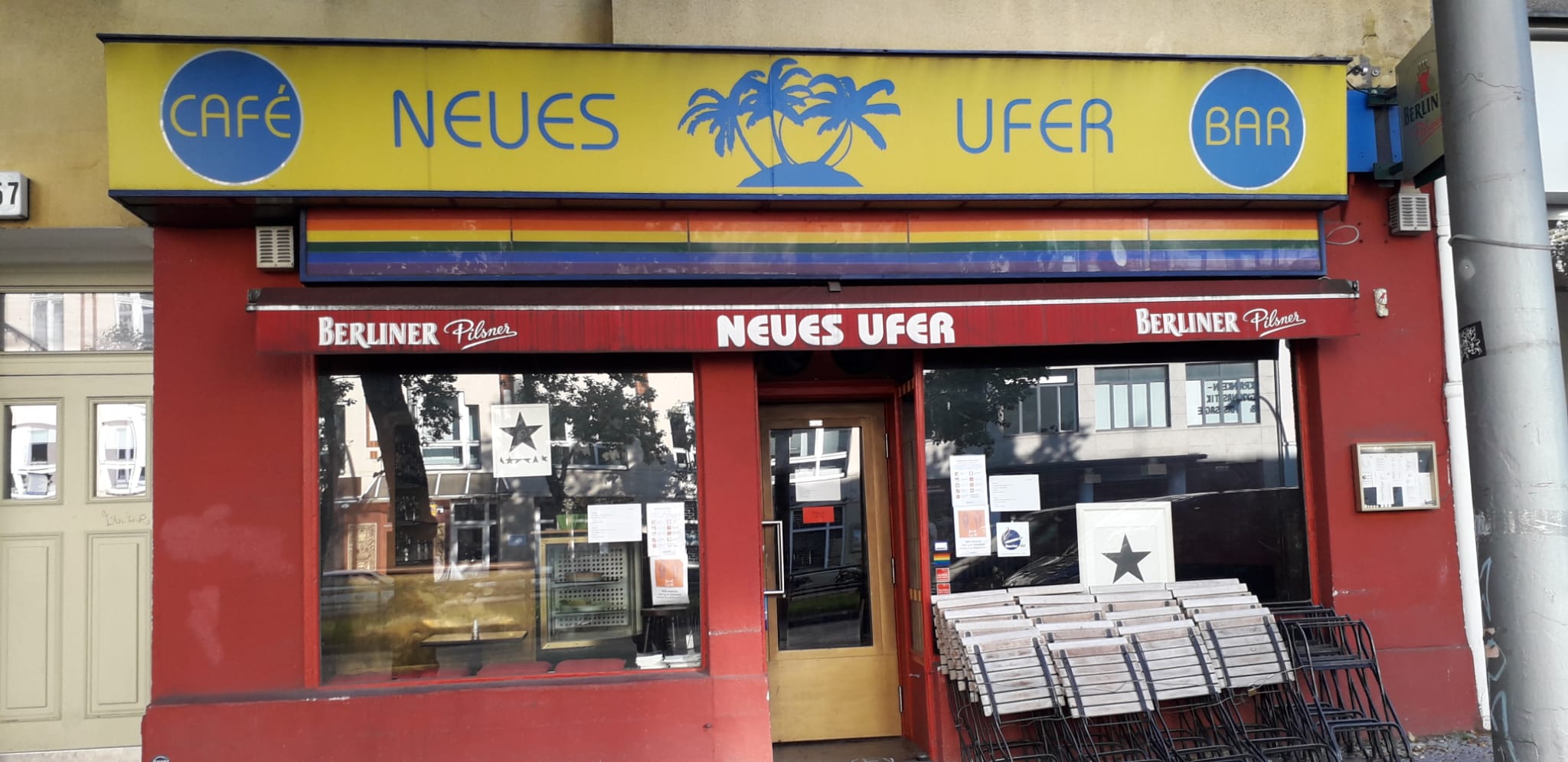
Among the abundant offer of shops and restaurants in Hauptstraße, the cultural diversity and especially that of the Turkish community is very evident. As a result of the immigration of "guest workers" in the 1970s, the Turkish community contributed to Schöneberg's culture and is still strongly present today.
The postoffice in the Hauptstraße was one of the biggest and most important place for the Post and the audio/TV technique before and after the second WW. Today just a small part is still a postoffice, while most of the area was renoveted and is now a mix of offices, shops and apartments. The company that was responsable for the modernization, Trockland, is one of the biggest investors in Berlin. In this way our research meet the thematic of the gentrification in the neighborhood, visible not only with this example but also through some old shops changes into a luxury delicatessen or co-working space. We discuss that since some years gentrification is one of the biggest ongoing conflict in Berlin.
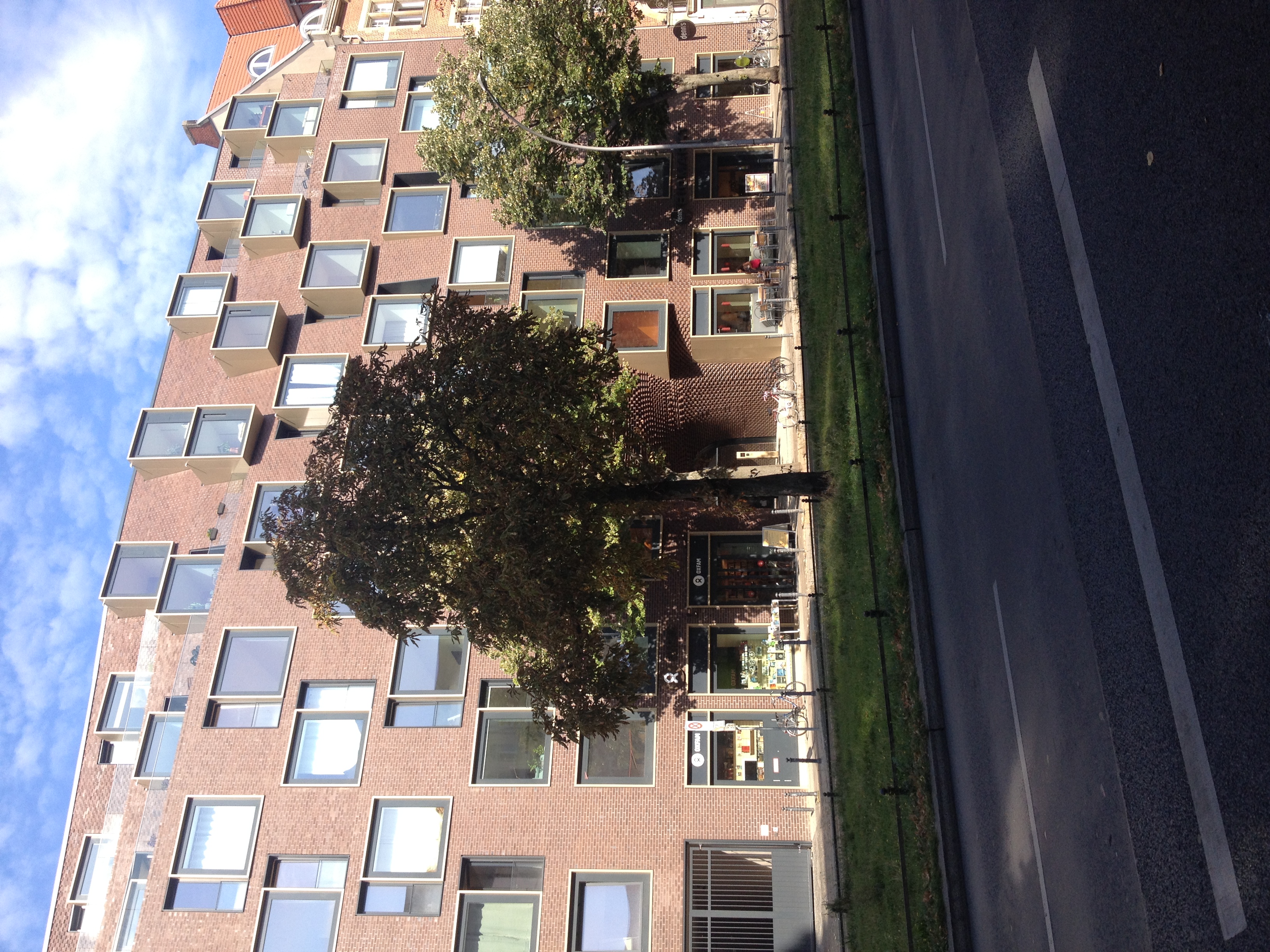
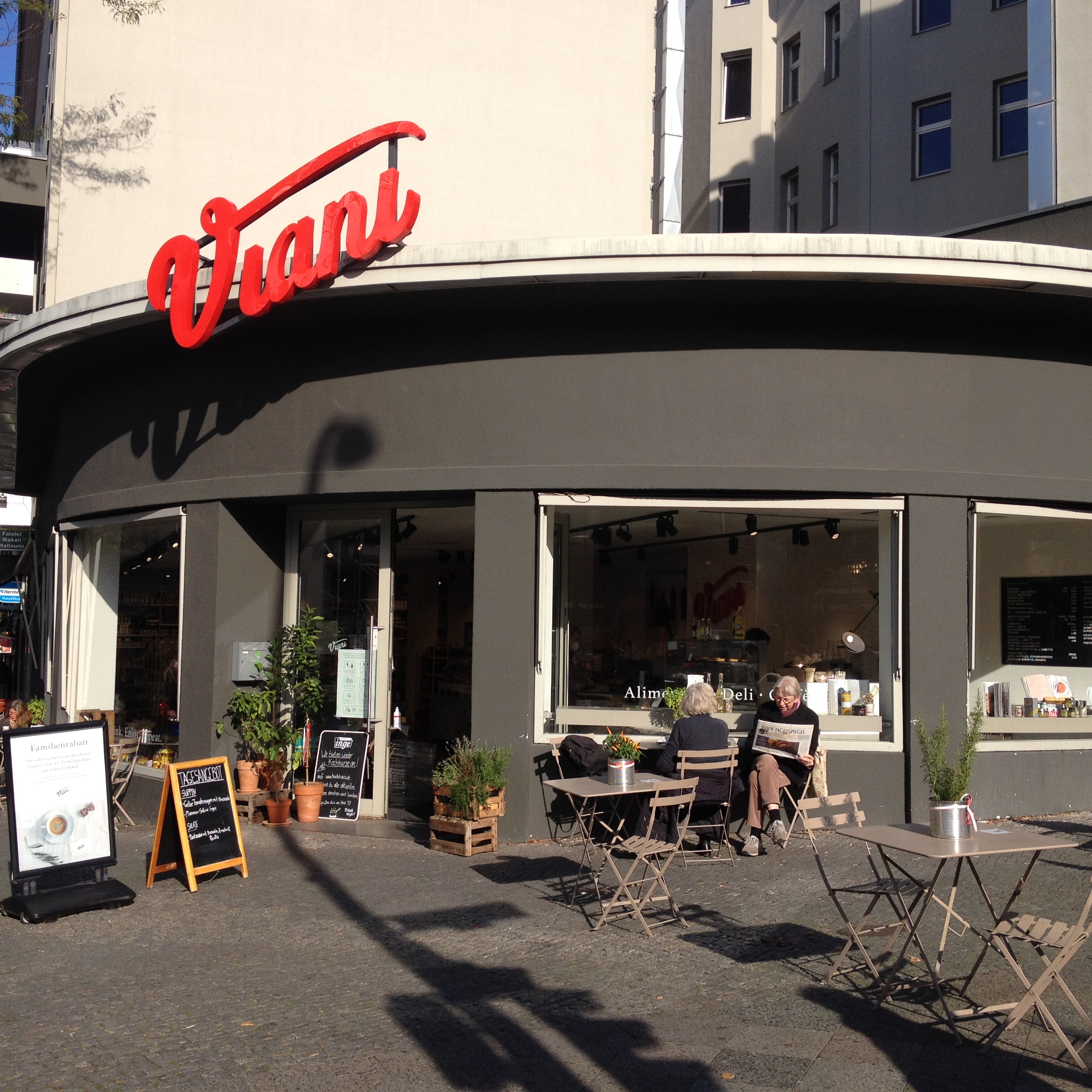
Author: Francesco Scardaccione and Arthur Nihoul
